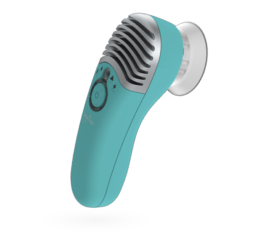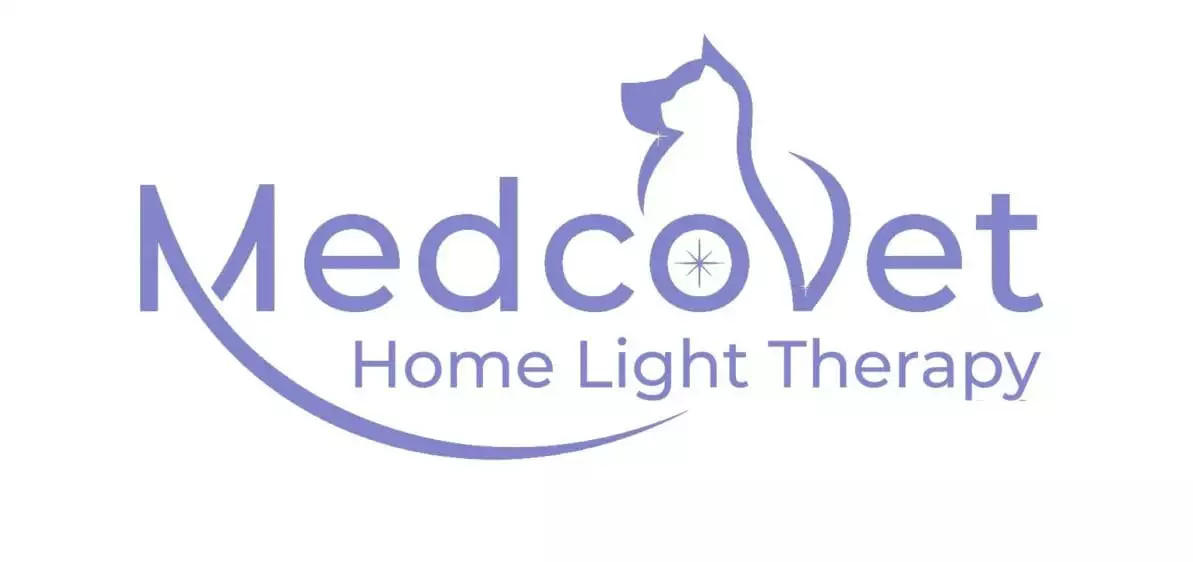Study Finds Laser Therapy Benefits from Frequent Applications
How often does photobiomodulation (PBM) need to be applied? A recent study (click here to read the study) looked at the difference between infrequent PBM (weekly) and more frequent PBM (every other day) application. The study found that “The data indicated that the proliferation of MSCs plated at high density was enhanced by multiple exposures of LLLI.”
Interestingly, the exposure was done at a relatively modest power level. “A maximal increase in cell proliferation was observed with multiple exposures of LLLI at 15 mW/cm2 and 4 J/cm2.”
This power level is achievable in a small handheld device. The study used an array of ordinary LEDs attached to a homemade PCB and powered with a small DC power supply.
Other studies have shown similar results: Repeated transcranial low-level laser therapy for traumatic brain injury in mice: biphasic dose response and long-term treatment outcome.
Photobiomodulation improves cutaneous wound healing in an animal model of type II diabetes.
At least one study ( read study here) has suggested that having too much power is actually counterproductive.
“This graph suggests that insufficient power density or too short a time will have no effect on the pathology, that too much power density and/or time may have inhibitory effects and that there may be an optimal balance between power density and time that produces a maximal beneficial effect.”

The research suggests that it is not about how powerful the laser is, but how many treatments are done in a given time frame – especially with wound healing application.
“The data demonstrated that the effect of a single dose of LLLI on the proliferation of MSCs lasted for only a short time. Multiple stimuli may be required for cell-growth enhancement.”
PBM protocols are all about frequency and just the right amount of power. Too much or too little and efficacy is diminished.
Dr. Michael R. Hamblin
Chief Science Officer
MedcoVet

Luma
At MedcoVet, we aim to make light therapy available and affordable to anyone that needs it. So, we would like anyone interested, curious, practiced or skeptical to join our community and the discussion.

